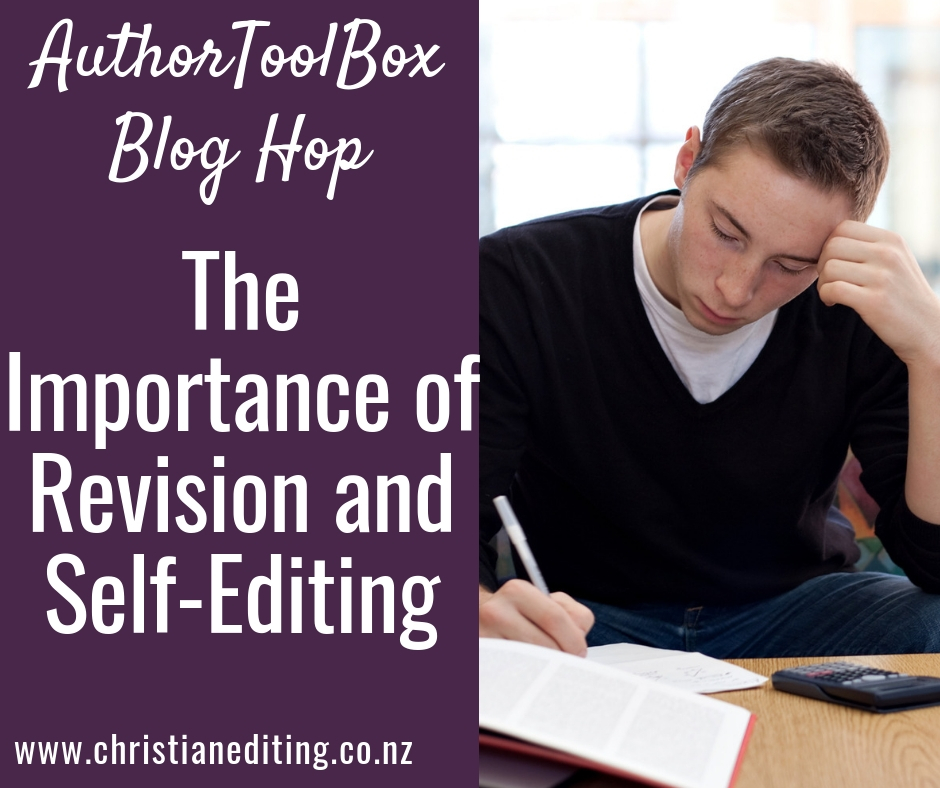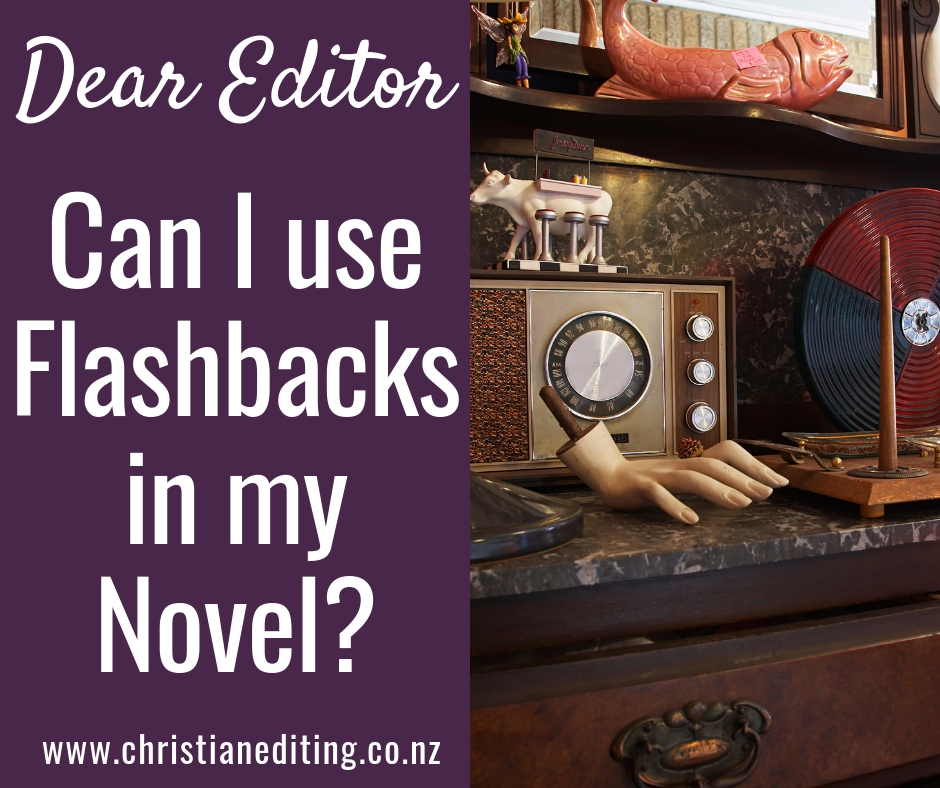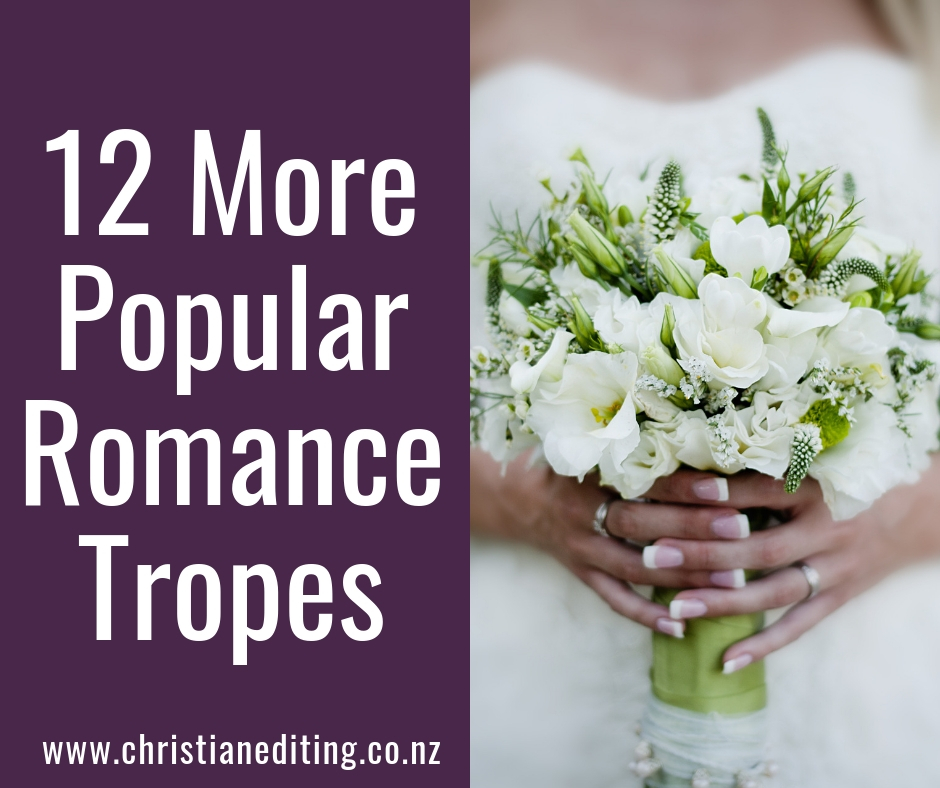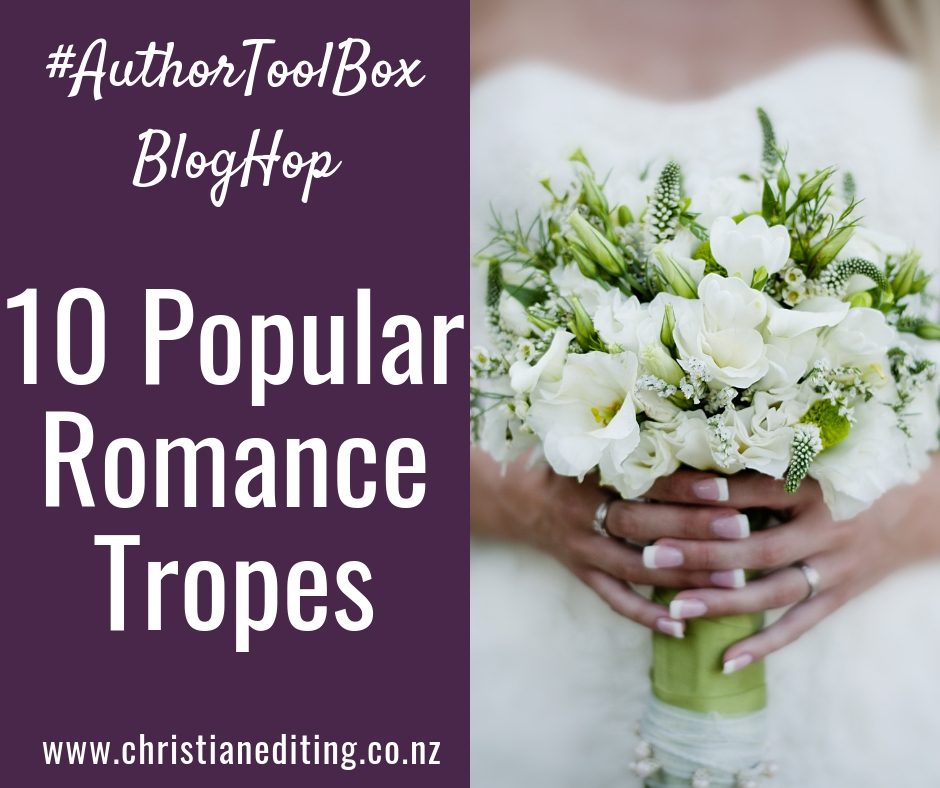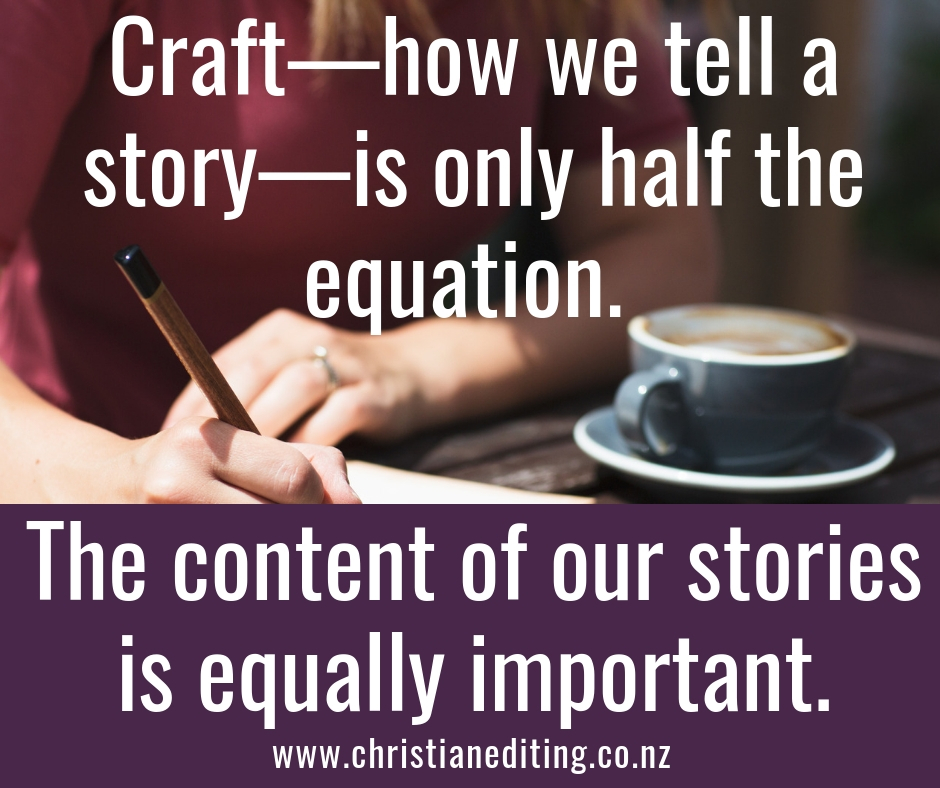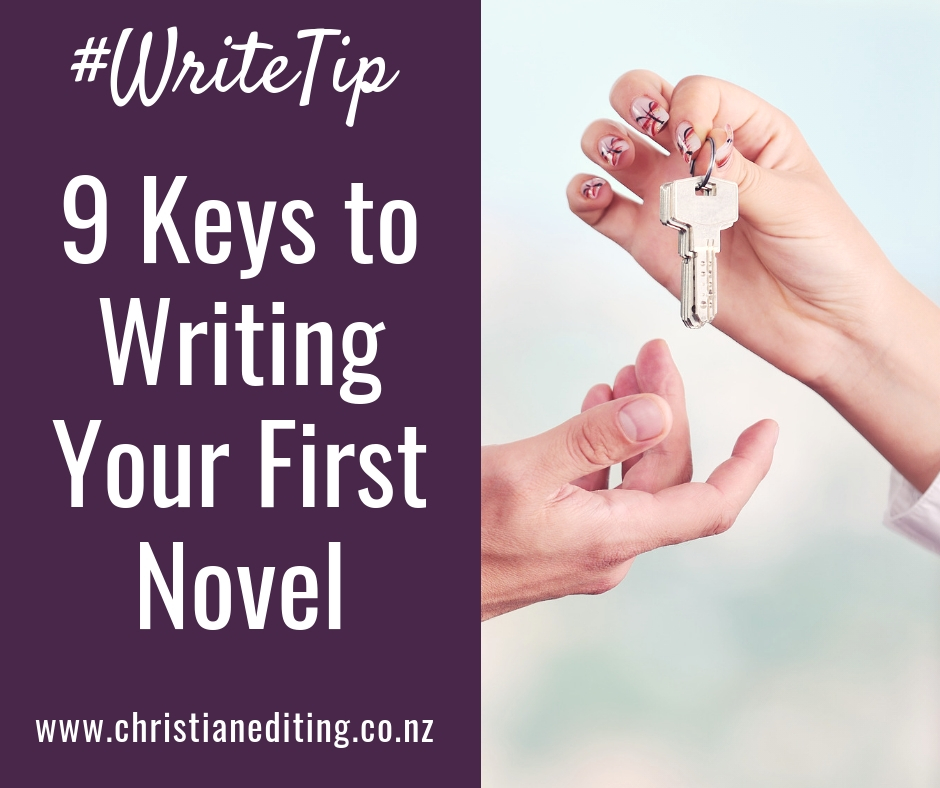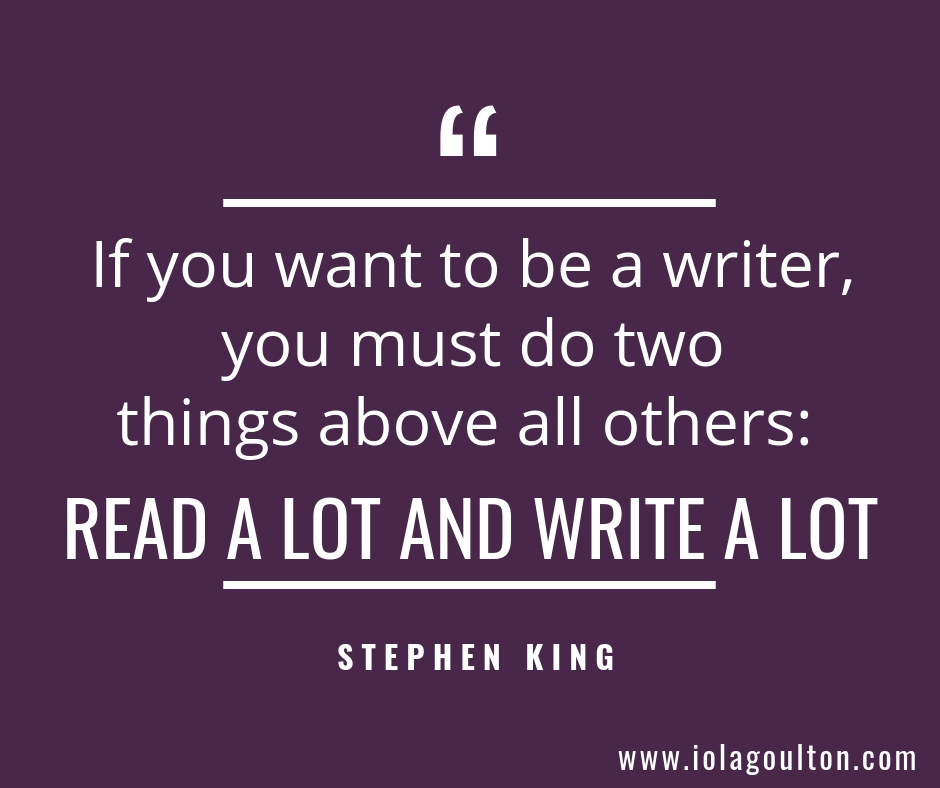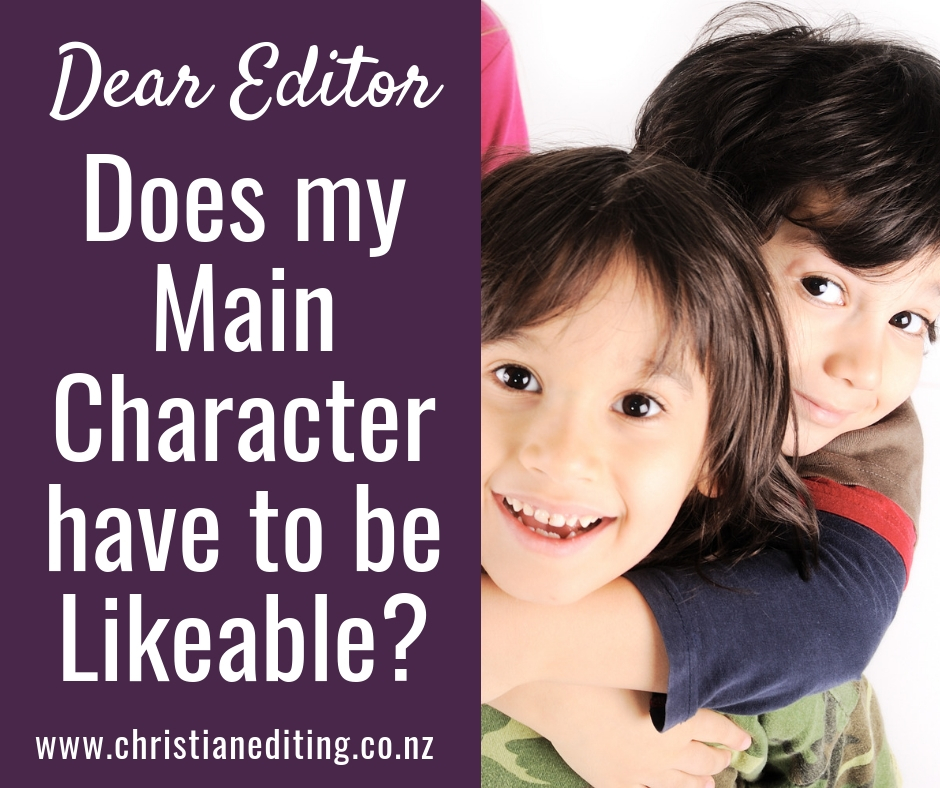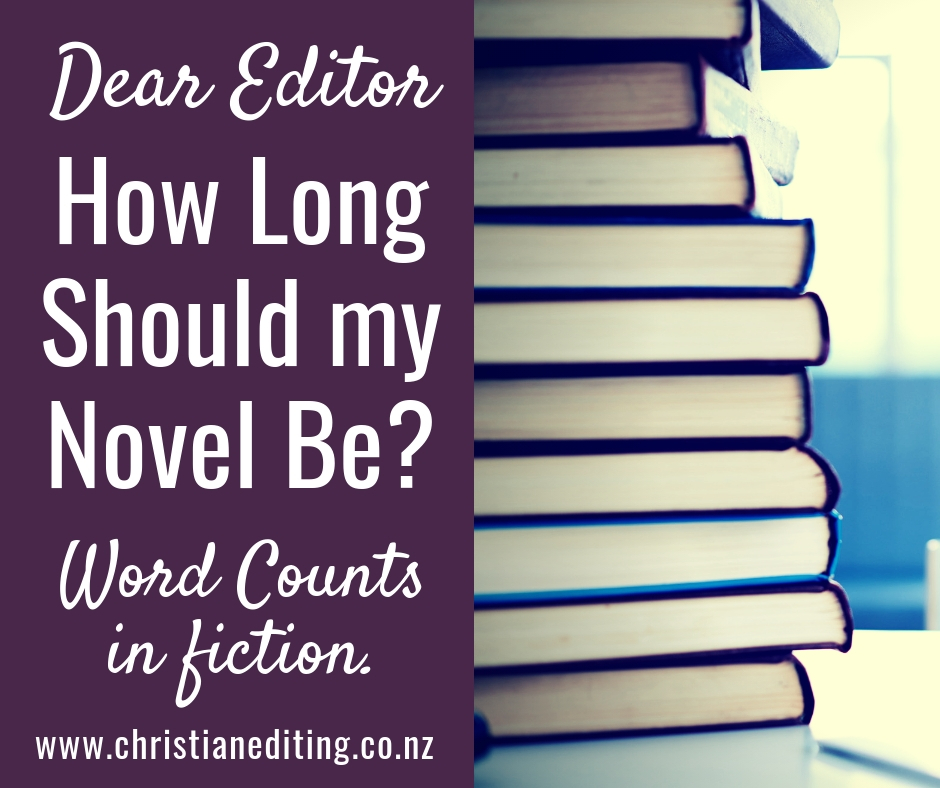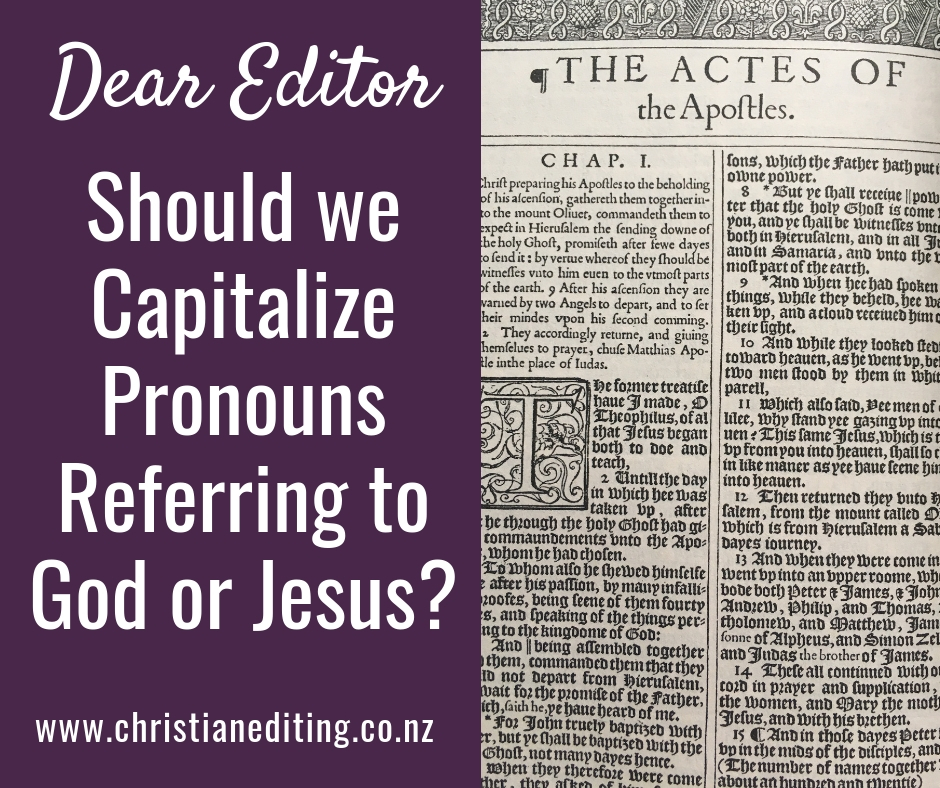How Many Chapters Should my Novel Have?
This is a new question. I’ve often seen people ask how long their novel should be, and I have covered typical word counts in a previous post.
How many chapters in a novel? I've often seen people ask how long their novel should be, and I have covered typical word counts in a previous post. Share on XBut chapters?
I don’t think readers care how many chapters are in a book. What matters to readers is the chapter length and content, because that’s what affects the reading experience. Long chapters where nothing seems to happen gives the reader the impression the book is long and boring … and that’s not a book they’re going to keep reading.
Chapter Length
How long should a chapter be?
That depends. Along with long sentences, long paragraphs, and long scenes, long chapters give the impression of a slow-paced story. If you’re writing in a character-driven genre like historical women’s fiction, then you might be happy for your readers to feel the story is slow-paced and meandering.
But if you write thrillers, you’ll want short chapters. Short scenes. Short paragraphs. Short sentences. Because short and sharp feels fast.
Chapter length is also driven by scene length.
A scene is usually from the viewpoint of a single character, and takes place in a single time and place. A good scene shows the point of view character working towards a short-term goal (that usually contributes towards their overall story goal as a character). This scene may be followed by some self-reflection from the character (the sequel), or by a transition to another time, place, or viewpoint character.
So how long is a scene?
A scene is as long as it takes to introduce the Goal, provide Conflict, and show the Outcome. A lot of authors aim for 1,000-word scenes, perhaps because that’s their daily writing target. You can go shorter or longer, but if your readers are used to 1,000 word scenes, then longer scenes may feel like they are dragging. At any rate, most of your scenes should be around the same length (plus or minus twenty percent), with perhaps a few very short scenes in high-action parts of the novel.
Sequels should be shorter—as short as a sentence or two, and probably no longer than a couple of paragraphs. They are usually interior monologue, and longer sequels are therefore prone to turning into telling.
Jack Bickham says a good scene will do two or more of the following:
Provide information to the reader.
Drive the plot forward.
Deepen characterisation.
For more information on the scene and sequel method, check out this post.
The next logical question is this: how many scenes per chapter?
Some books have one scene per chapters, while others have two or three. I’d caution against having more than three scenes per chapter, as that can give the reader the impression the chapter is taking forever and the book is dragging – short scenes and chapters give the feel of a fast pace, while long scenes and chapters lead towards a slow pace.
The number of scenes per chapter might also be a function of genre and the number of point of view characters. For example:
- Romance novels often have two point of view characters, with the hero and heroine each being the viewpoint character for around half the scenes. As such, it might make sense for each chapter to have two scenes, one from the viewpoint of each main character.
- Romantic suspense novels often have three point of view characters: the hero, heroine, and the antagonist. The antagonist doesn’t get as many viewpoint scenes as the hero and heroine. The antagonist’s scenes may be short—because their purpose is to ramp up the tension rather than drive plot or build characterisation. As such, a typical chapter might have two longer scenes (e.g. from the viewpoint of the hero and heroine), or three shorter scenes (one from each viewpoint character).
- Thrillers often have four or five viewpoint characters. Of these, two or three are likely to be minor players, and their scene count will reflect this. Each chapter might therefore have scenes from the two major characters and one of the minor characters. Or the chapters might alternate, with one being from the viewpoints of the major characters, and one from the minor characters.
These are broad guidelines—the best chapter structures will depend on your genre, your plot, and your characters.


